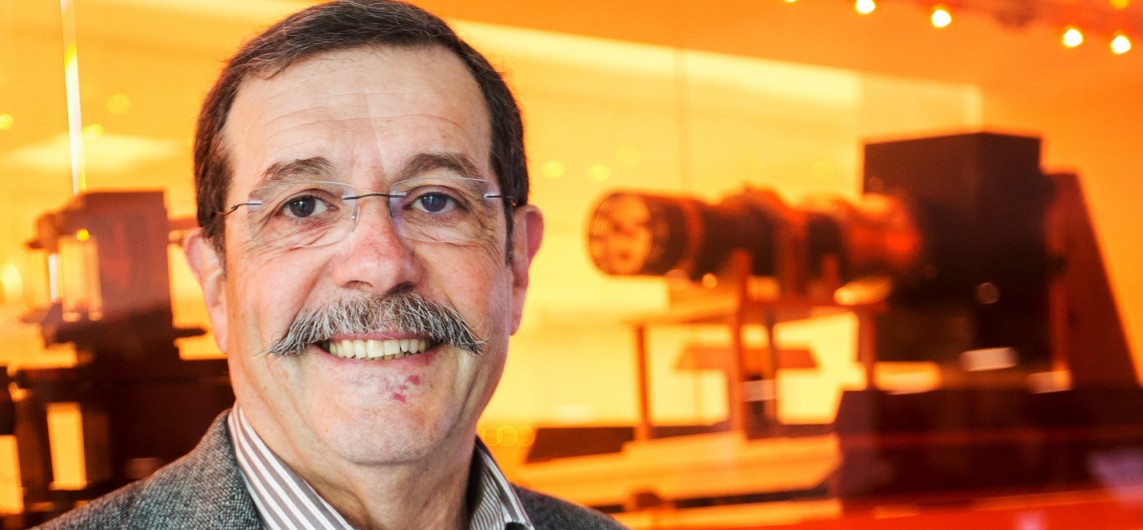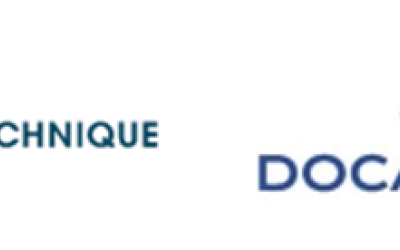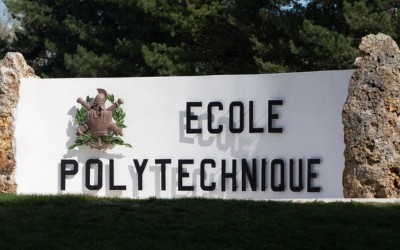- Home
- Press Room
- Press Releases
- The 2022 Nobel Prize In Physics Has Been Awarded To Alain Aspect For His Research On Quantum Physics
The 2022 Nobel Prize in Physics has been awarded to Alain Aspect for his research on quantum physics

Alain Aspect, a research professor emeritus at the CNRS, professor at the Institut d’Optique Graduate School/Université Paris-Saclay, ENS Paris-Saclay, and École polytechnique, as well as member of the Charles Fabry Laboratory (Institut d’Optique Graduate School/CNRS, Université Paris-Saclay), is the winner of the 2022 Nobel Prize in Physics. He shares this distinction with John F. Clauser of the United States and Anton Zeilinger of Austria for their pioneering research on quantum entanglement, which paved the way for quantum technology.
After being recognised by the CNRS Gold Medal in 2005, the Wolf Prize in 2010, the Albert Einstein Medal in 2012, and the Balzan Prize and Niels Bohr Medal in 2013, Alain Aspect—a CNRS research professor emeritus at the Charles Fabry Laboratory (Institut d’Optique Graduate School/CNRS, Université Paris-Saclay), the Augustin Fresnel Chair at the IOGS, and professor at École polytechnique—was awarded the 2022 Nobel Prize in Physics earlier today. He received this distinction with two other researchers, John F. Clauser of the United States and Anton Zeilinger of Austria, for their experimental work on entanglement, which provided a firm grasp of quantum theory.
The award recognises a lifetime of revolutionary research in the field. Aspect, a physicist and specialist in both optics and quantum physics, was born in Agen (southwestern France) in 1947. He is a graduate of the ENS (École normale supérieure – class of 1965 at the ENSET), and has served as a CNRS research professor since 1992. He distinguished himself in 1982 by clearly revealing the fundamental quantum property of quantum entanglement. By precisely studying a controlled light source, he irrefutably established the phenomenon of quantum entanglement, and provided an experimental answer to the EPR paradox proposed fifty years earlier by Albert Einstein, Boris Podolsky, and Nathan Rosen. He also demonstrated the violation of Bell inequalities established a few years earlier. This discovery showed the capacity of two photons to behave as a single quantum system, even at a distance from each other, as long as they had interacted in the past. This was a major breakthrough that paved the way for the new field of quantum technology, which today is revolutionising the processing and communication of information.
In 1984, as a senior lecturer at École polytechnique and deputy laboratory director at the Collège de France, he worked on the method for the laser cooling of atoms known as “below the one-photon recoil.” He notably collaborated with Claude Cohen-Tannoudji, laureate of the 1997 Nobel Prize in Physics, and a member of the Kastler-Brossel Laboratory (CNRS/Collège de France/ENS Paris/Sorbonne Université). In 1986, Aspect experimentally demonstrated wave particle duality for single photons. Since then, with the atomic optics group he established in 1992 at the Institut d'Optique Graduate School, he has made major contributions to the foundations of Bose-Einstein condensation and atomic optics, in which atoms reveal their wave nature, and can subsequently be focused, diffracted, and can interfere.
Aspect is known for shedding light on the fundamental aspects of the quantum behaviour of single photons, photon pairs, and atoms, as well as for contributing to our understanding of the quantum world.
The CNRS, Université Paris-Saclay, Institut d’Optique Graduate School, ENS Paris-Saclay, and École polytechnique are delighted by this well-deserved distinction, which rewards years of pioneering research in quantum technology, a key field of physics.
See also


 Support l'X
Support l'X 